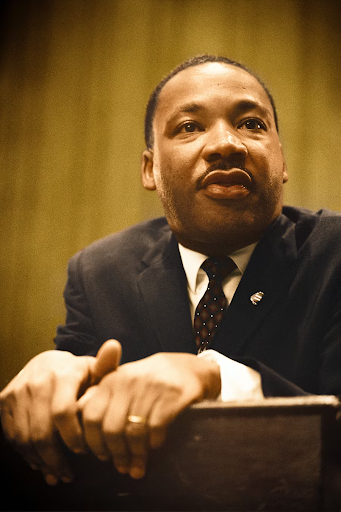Observing Leadership in the Wild
- Susan & Renée
- 2 days ago
- 4 min read

We recently lost an icon. Jane Goodall was a fascinating, world-famous ethnologist and conservationist. The things she taught herself made her a true pioneer. In 1960, with no experience, she was hired to go to Gombe, Tanzania to study chimpanzees in their natural habitat. There was no playbook for her to follow. Through painstaking patience and perseverance her work revealed that chimps had a complex social structure and individual personalities leading to groundbreaking discoveries. Her approach was unorthodox for the time, but was instrumental in revolutionizing the study of animal behavior.
What was key to her approach?
Long term naturalistic observations with detailed documentation. She immersed herself in the chimpanzees' habitat rather than studying them from afar.
Believe it or not, you can apply the approach she developed in the jungles of Africa to improve your leadership skills. There are many ways that you can grow as a leader. There are great books and wonderful trainings. That is just one piece of the puzzle. Once you have poured all of this information into your mind, how do you assess if you are putting it into action?
We have talked before about creating a regular practice of reaching out to employees to get their take on your leadership style. In addition to this, you also want to follow Jane’s example and create an observational process. This will provide an opportunity to look at and reflect on your leadership from a personal perspective in order to fine tune your skills.
Why is this type of observational exercise so important?
We naturally create stories in our minds that explain our behavior. Some of these stories are accurate and some are not. To better understand what’s going on, it’s important to take some time to step back and analyze actual behaviors, rather than just the narratives we’ve built around them.
In honor of Jane Goodall, we have developed our Be Like Jane Leadership Observation Exercise where you spend some time formulating a question, gathering information and creating a path for future growth.
Step 1: Write down your core beliefs about your leadership style.
Example:
I communicate effectively
I spend quality time with my managers
I am organized
Step 2: Pick one of these traits to observe.
Example: I communicate effectively
Step 3: Create questions that will help you gather data. Effective questions are those that create the clarity necessary for collecting quality information. A single leadership belief may give rise to several questions that can be explored at different points in time.
Example: How do I handle conflict and difficult conversations?
Step 4: Pick a time period to observe your behavior. This will depend on the question. It could be a week, a month or longer. You will have to consider what time period will allow for opportunities to collect enough data.
Example: Three months. Hopefully, there is no ongoing conflict that would provide enough scenarios to observe conflict within one week. If not, you would have to plan a longer time period in order to obtain enough information.
Step 5: Set aside time to write down the observable behaviors in response to the question. You want to record information as events are happening. And remember, you are writing down the actual actions that occurred. Once those are documented, take time to add your feelings and any other contextual information that will aid your reflection at the end of this process.
Example: You completed a review where the employee was unhappy and it resulted in a tense conversation. At the end of the day, or early the next day (depending when your reflective powers are strongest) write down your observable behaviors (e.g., I started with a calm voice. At the end of the conversation I was speaking in a loud voice. I talked for most of the session). After those are jotted down, add any notes that will help increase your insight (e.g., I scheduled this at the end of the day. I was really tired and felt rushed).
Step 6: When the review period ends, reflect on the following:
What patterns did I observe?
What behaviors aligned with my leadership beliefs?
What behaviors did not align with my leadership beliefs?
What actions do I need to take to grow as a leader?
What is my first step?
Step 7: Schedule your next exercise. This is an involved process, so you want to give it the time and attention it deserves. Depending on your schedule this might be a monthly, quarterly, biannual or yearly activity.
The key component to this process is consistency and staying focused on observable behavior. This type of activity allows you to see your values and intentions in action. Jane Goodall revolutionized her field with this methodology. By incorporating our Be Like Jane Leadership Observation Exercise into your growth plan, you may make some innovative discoveries of your own.








Comments